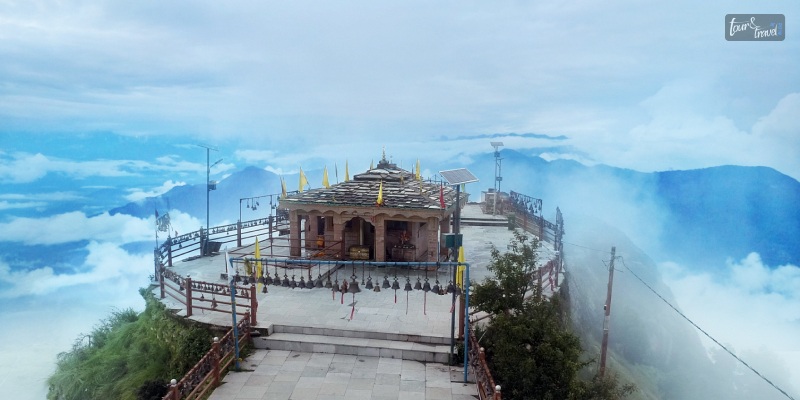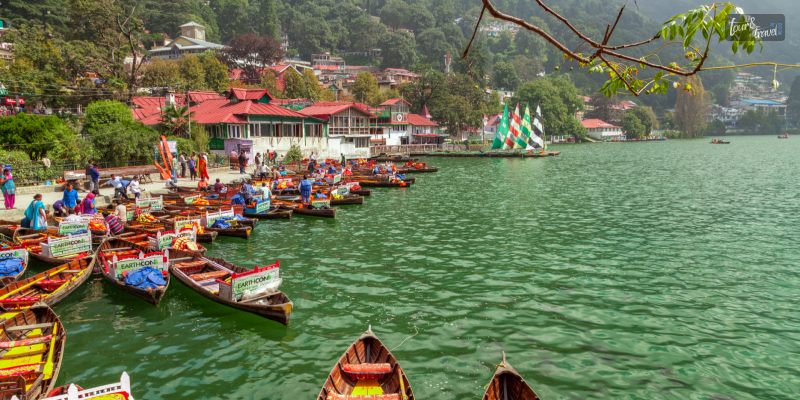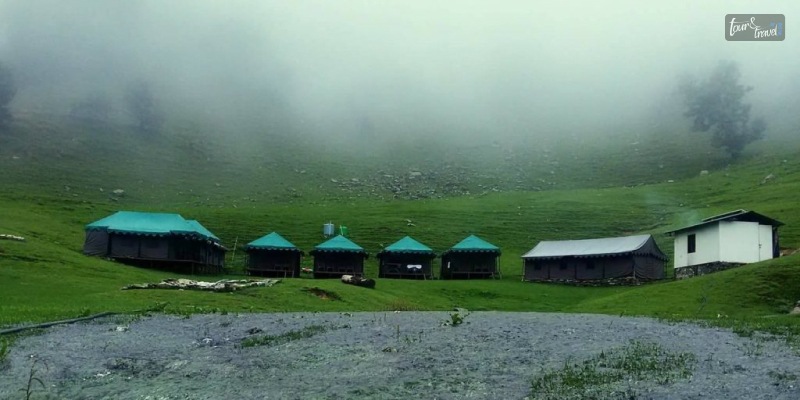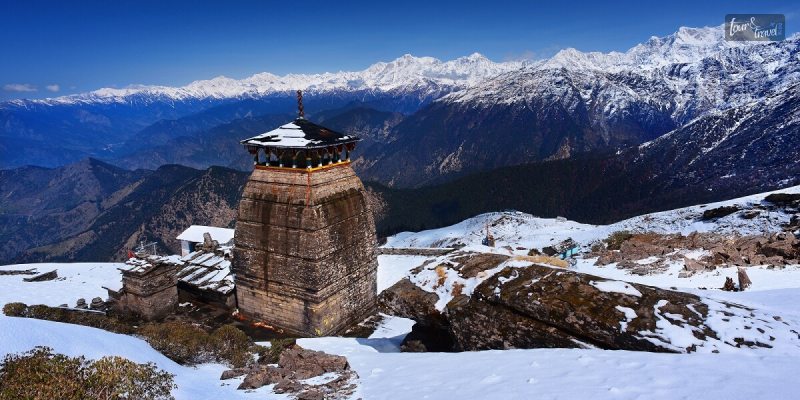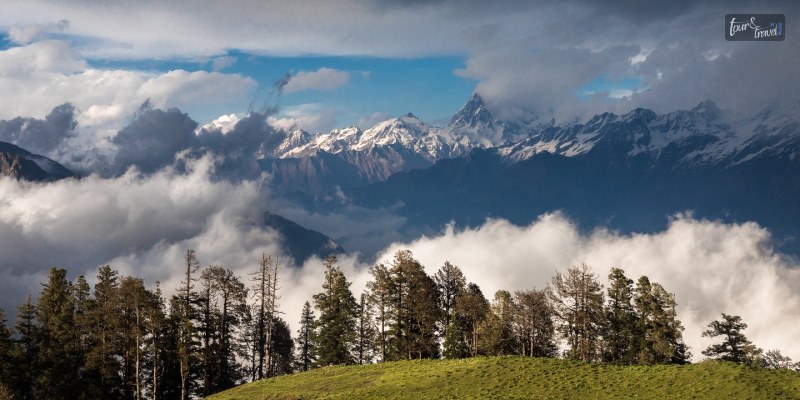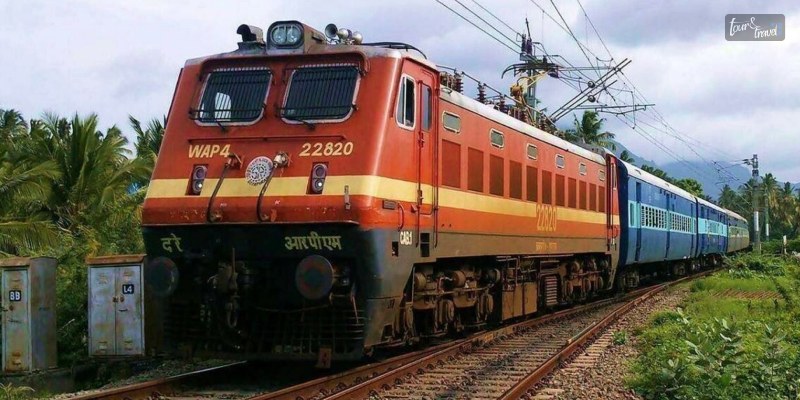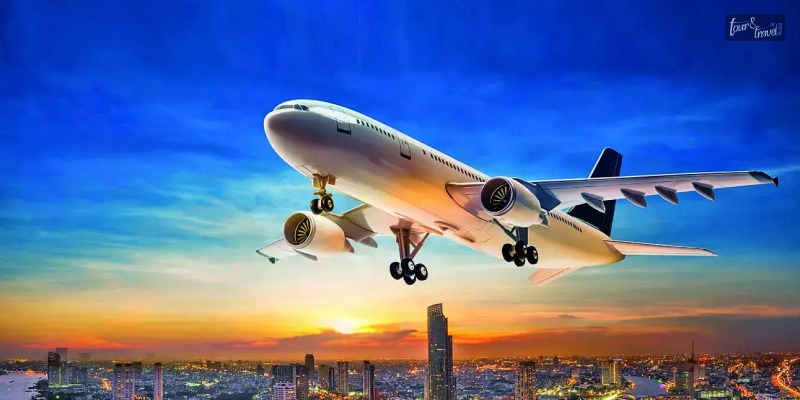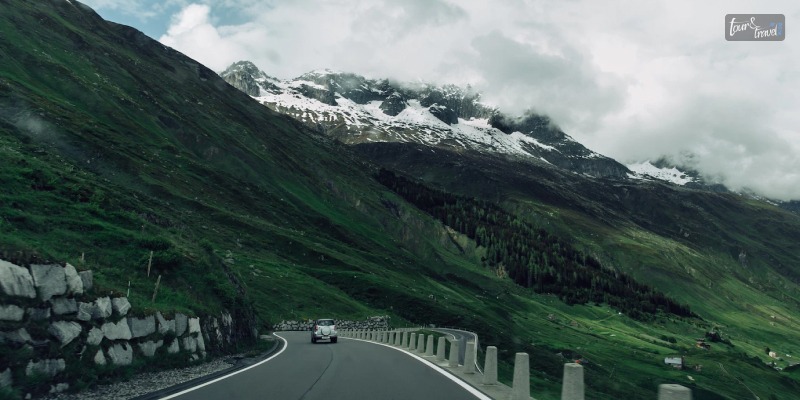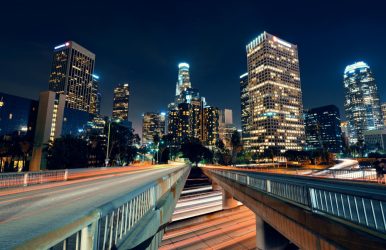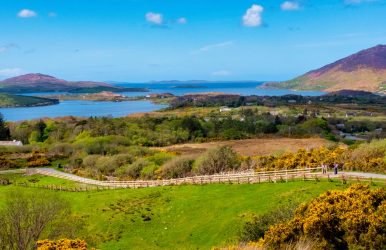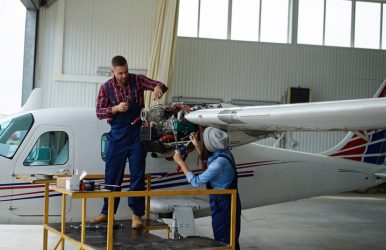Crime and Caution: Navigating the Dark Side of California’s Cities
BY Abdul Aziz Dec 23, 2023
A tour of Los Angeles will include a walk through a large, palm tree-lined cemetery. Tributes to Hollywood's dark past can be found lurking among the city's soiled streets, well-kept lawns, and dusty canyons. These include long-abandoned mansions and the famous Hollywood sign. The City by the Bay, San Francisco, is a tourist haven. San Francisco attracts nearly 15 million tourists a year with attractions like Fisherman's Wharf, Alcatraz tours, the Golden Gate Bridge, and Haight Ashbury. But this new American city is not without its dark side. It has a history of kidnapping, fraud, terrorism, assassinations, and serial killings. Here is a short dissection of the most dangerous cities in California. We are also including a few of the most well-known crimes committed in various parts of the state. Most Dangerous Cities In California The list below comprises the incorporated municipalities of California with some of the highest crime rates. These cities have a population of 50,000 at best. Here are the most dangerous cities in California: Stockton San Bernardino Oakland Compton Richmond Lancaster Vallejo Modesto Victorville Huntington Park Criminal History Of California America is a land of dreams for the biggest chunk of the global population. California is a hub of technological and social zenith. No one expects it to hold out on dark secrets and scandals. According to the FBI, the most dangerous cities in California have a lot of twisted history. Here are some of them. The Assassinations of Harvey Milk and George Muscone, San Francisco City Hall The newly appointed class of city supervisors in 1978 was the most diverse in the history of San Francisco. Dan White, a staunch conservative and former police officer and firefighter, and Harvey Milk, the freshmen supervisor and gay activist, were the two men in this class. Even though Milk and White had different political and lifestyle philosophies, they developed a cordial working relationship. But this relationship quickly turned deadly and hostile. With ten extra bullets and a.38 caliber handgun, Dan White entered City Hall on November 27, 1978, intending to confront Mayor Muscone face-to-face. Muscone shot him after he once more rejected to be reinstated. When White realized how much Harvey Milk had contributed to the incident, he went to his office and brutally murdered Milk. On that day, Dan White admitted to the crimes. The strategy employed by White's defense team during the trial was nearly as well-known as the crimes done. The "Twinkie defense" contended that White's extreme sugar and carbohydrate intake before the crime caused his mental instability. The narrative concludes where it started: after receiving his sentence, White went back to San Francisco and committed suicide. The Kidnapping of Patty Hearst, Hibernia Bank The Symbionese Liberation Army (SLA) kidnapped 19-year-old Patty Hearst from her family's condo on February 4, 1974. Patty is the great-granddaughter of business tycoon George Hearst and the granddaughter of publishing mogul William Randolph Hearst. She and multiple other SLA members later pilfered a Hibernia Bank branch. Patty, brandishing an M-1 carbine, declared her membership in the SLA. A single innocent person lost their life, and the SLA fled with more than $10,000. Although Patty and her friends managed to get away, the FBI quickly found them. In 1976, Hearst went on trial. Attorneys for Patty contended that she developed Stockholm syndrome—a psychological reaction in which she started to feel sorry for her captors—out of fear for her life. Despite being found guilty, President Carter commuted her sentence in 1979. President Clinton fully pardoned Patty Hearst in 2001. Hearst continues to insist that she was brainwashed and that her crimes were those of a victim of the SLA's mental manipulation. Golden Dragon Massacre, Imperial Palace The Imperial Palace restaurant, formerly known as the Golden Dragon, is located in the center of San Francisco's Chinatown. One of the worst nights in San Francisco's history took place in this restaurant under this name. The organized crime networks that dominated Chinatown's underground market gave rise to two competing teenage gangs: the Wah Ching and the Joe Boys. The Golden Dragon presented the Joe Boys with a chance to assassinate the Wah Ching leaders. Eleven innocent people were hurt, and five innocent people died; neither gang member was hurt. The Washington Street restaurant is still marred by the aftermath of this tragic night. Three of the five Joe Boys members who were detained, found guilty, and sentenced to prison are still incarcerated. The Asian gang task force of the San Francisco police department was established because of the massacre. The Imperial Palace is still operational and offers delicious dim sum. USS Hornet A moored aircraft carrier at the Alameda Naval Base is among the world's most haunted ships—not a pirate ship sailing the high seas. Commencing in 1943, the eighth USS Hornet engaged in numerous combat missions throughout the Pacific. Over 300 people died on board during her 27 years of active duty, many of them from suicide. Although the ship is not in operation at the moment, both the crew and guests have paranormal stories about things moving, doors opening on their own, toilets flushing, and even spectral sailors prowling the decks. The Zodiac Killer The San Francisco area was the scene of one of the most well-known unsolved crimes in history. This crime scene single-handedly made every corner of the state dangerous. About 40 miles northeast of the city, on Lake Herman Road in Benicia, California, the infamous killing spree started. David Faraday and Betty Lou Jensen, two high school students, were discovered dead next to their parked car on December 20, 1968. No witnesses were present. Darlene Ferrin and Michael Mageau were shot dead by an unidentified assailant in Vallejo, California, on July 4, 1969. Mageau lived, but Ferrin perished from her wounds. From a pay phone, the gunman called the police, boasting about his crime with pride. Three local newspapers received letters in their offices on August 1, 1969. The Zodiac Killer would become well-known for his trademark symbol, which was signed by all of the letters, which came from the same source, and all claimed to be the murderer. The murderer insisted on having his letters made public. That year on September 27, two more people came under attack. Zodiac moved his murderous rampage from Napa into the City of San Francisco on October 11, 1969. And Zodiac pulled over his taxi driver at the Presidio Heights intersection of Cherry and Washington Streets. Zodiac eluded capture by the police even inside the city. Zodiac persisted in his letter-writing campaign to the San Francisco media for almost ten years. There were many boasts and threats in each letter, but not all of them came to pass. He said he had killed seventeen people in one of his final letters. This killer's identity is still a mystery, and the crime is still unsolved. Wrapping Up The Hollywood sign, which once read Hollywoodland, is where aspiring starlet Peg Entwistle leaped to her death in 1932. (It's said that her ghost roams the trails in nearby Griffith Park.) Los Angeles feels somber, maybe because so many people come here with high hopes, and the city is hesitant to welcome every new face. The brief career of Ms. Entwistle as a siren and her premature passing at the age of 24 serve as a symbol of the peculiar contrast of the city: it is dazzling yet sinister, alluring yet menacing. There's dirt and secrets in the graveyard just beneath the shiny surface. If you know where to look, you can see the duality of glitter in the dark everywhere in the city, from Compton to Hollywood. Thankfully, a whole industry of tourism deals in the gritty side of the city for those who are interested in noir. If you have thoughts to share or questions to ask about the most dangerous cities in California, please leave a comment below. We would love to hear from you!. Read Also: Heatwaves And Adventure: Traveling To The World’s Hottest Destination From Sunrise To Sunset: A Day’s Itinerary For Exploring Benidorm Hidden Gems: Unearthing The Best Things To Do In Nottingham


